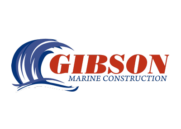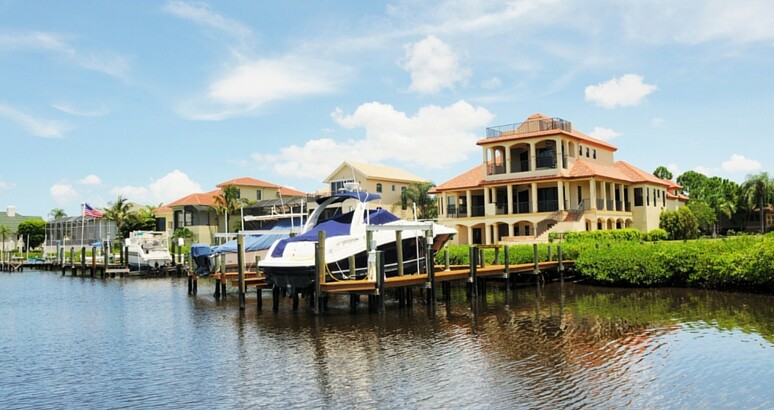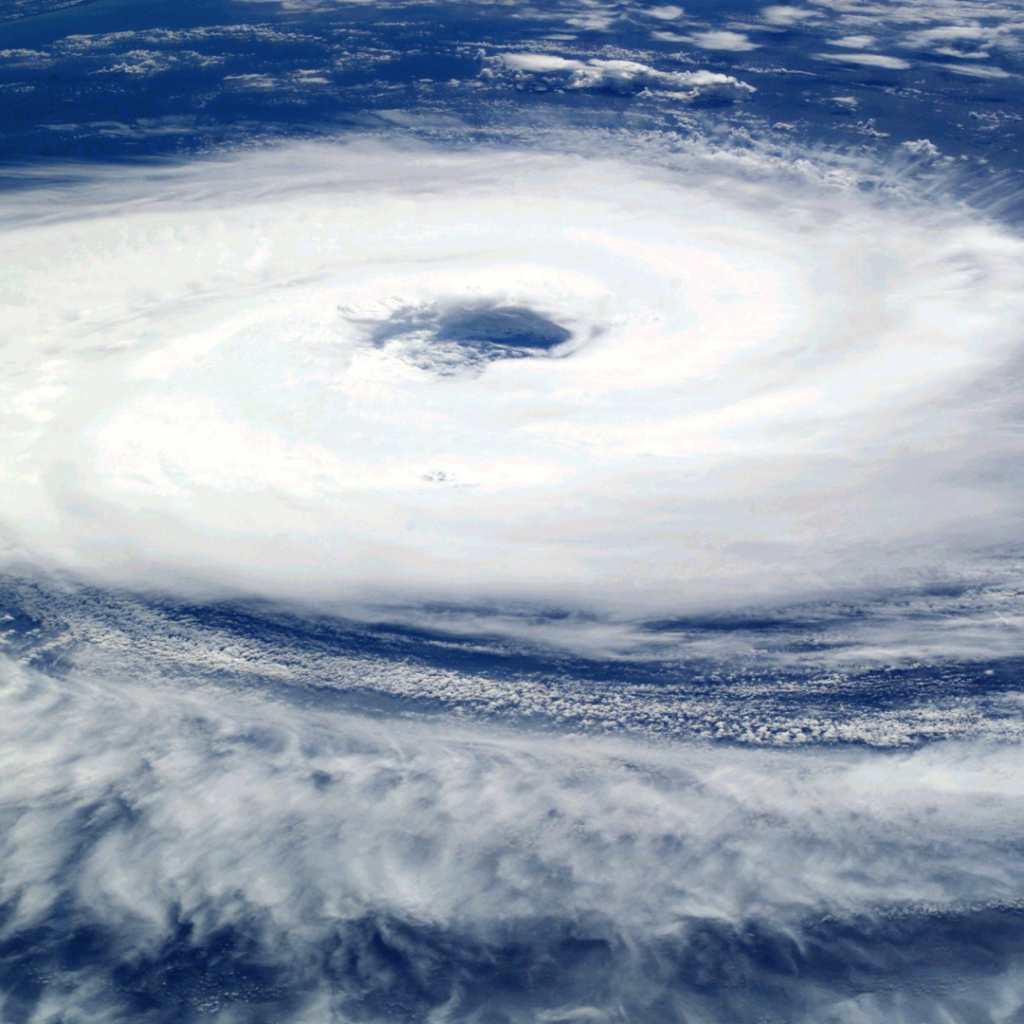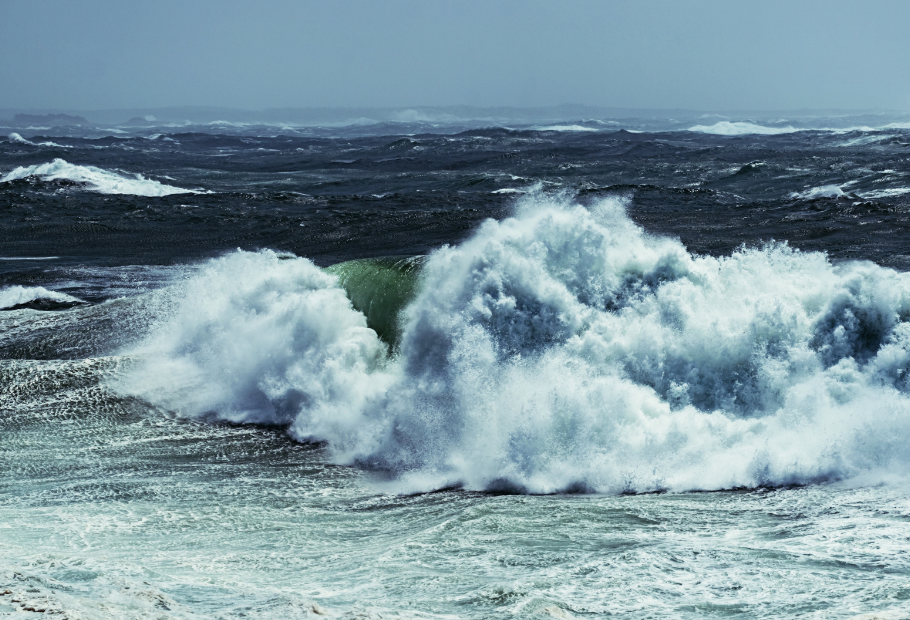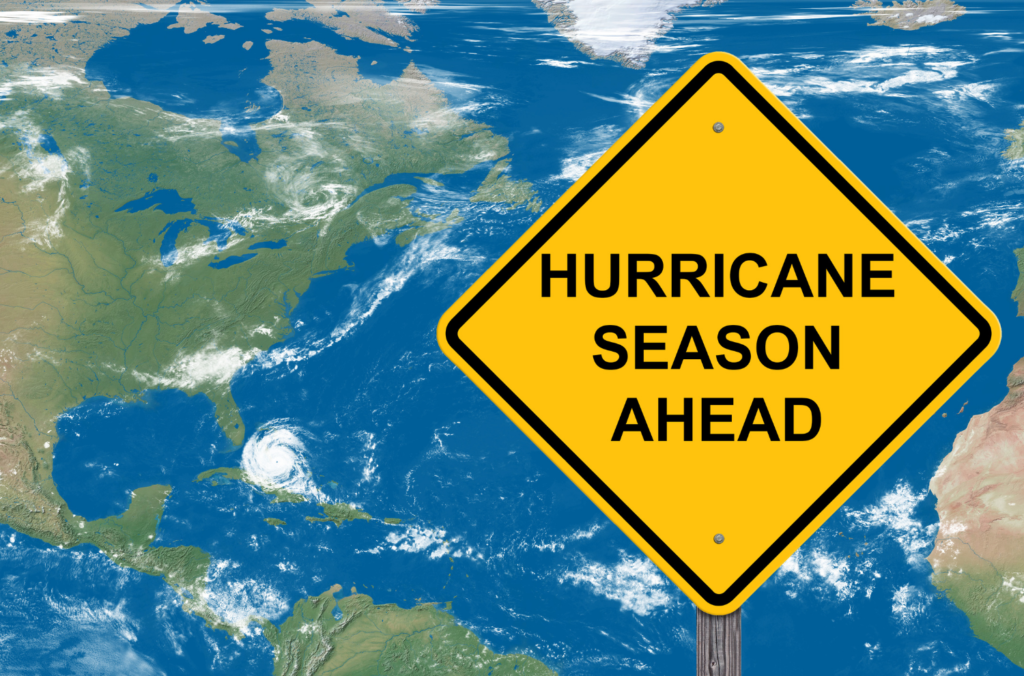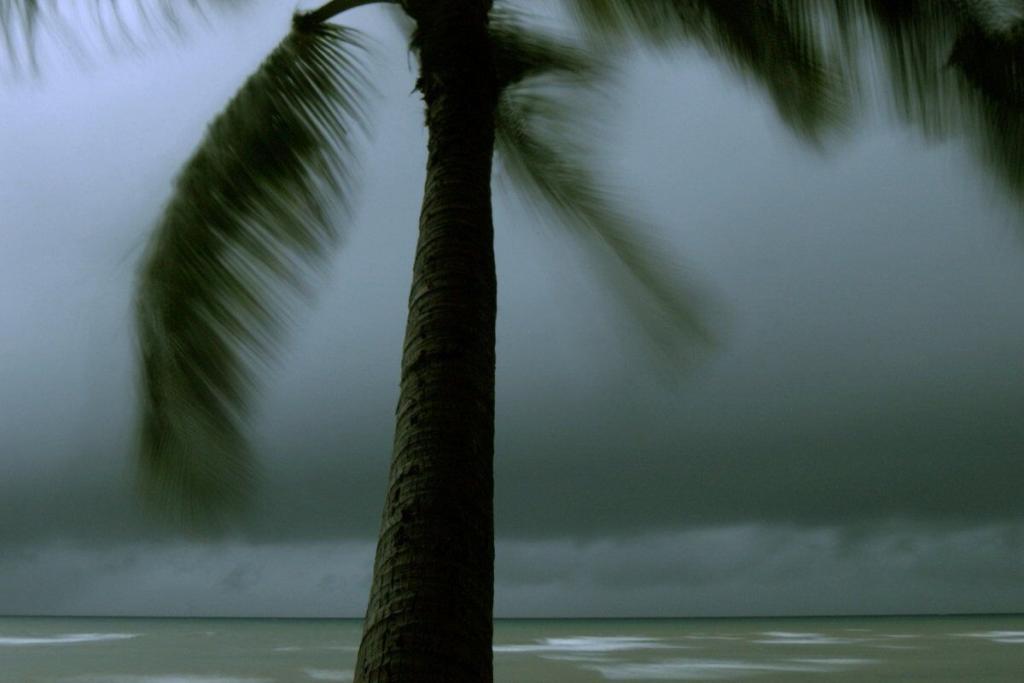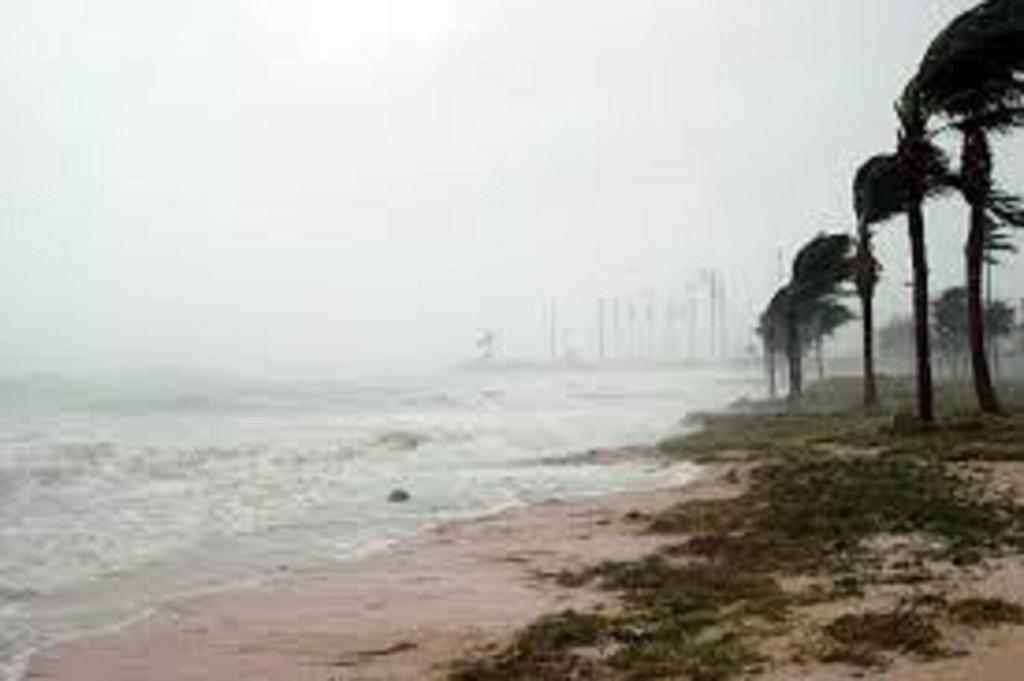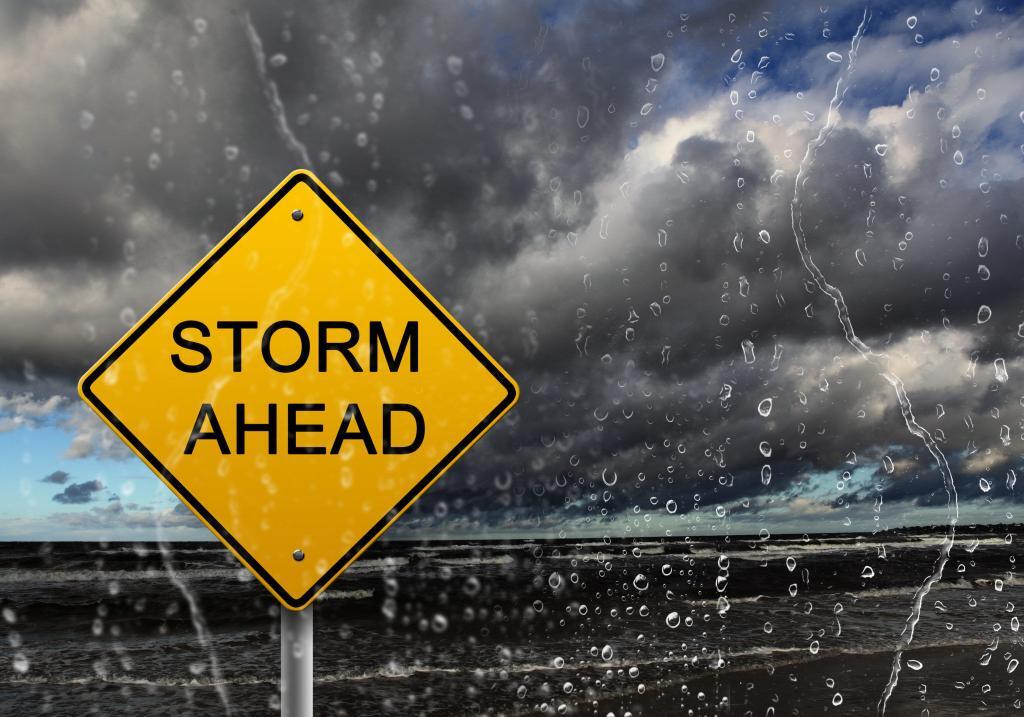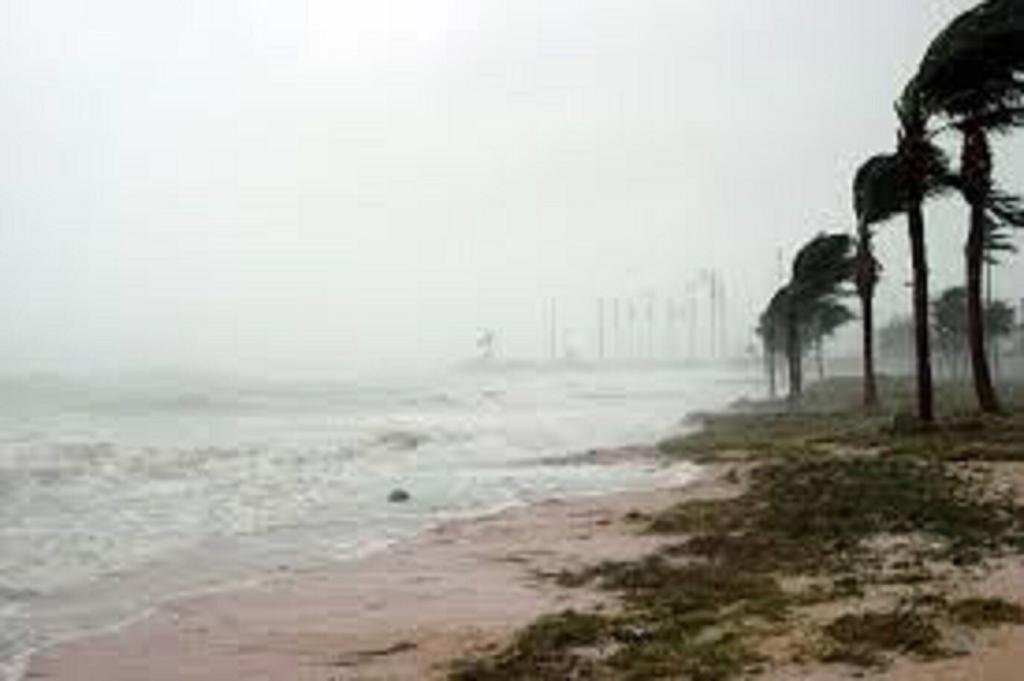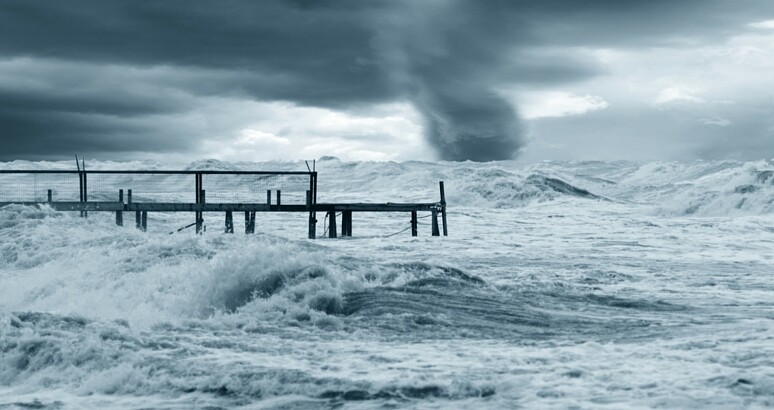How to Prepare Your Boat and Boat Lift for a Hurricane or Major Storm
According to the National Hurricane Center (NHC), Hurricane Ian was upgraded to a Category 3 storm early Tuesday morning, September 27, 2022. A category 3 storm is considered a major hurricane, meaning it has the potential to cause devastating or catastrophic wind damage and major loss of life. With hurricanes of this magnitude, it is …
How to Prepare Your Boat and Boat Lift for a Hurricane or Major Storm Read More »
